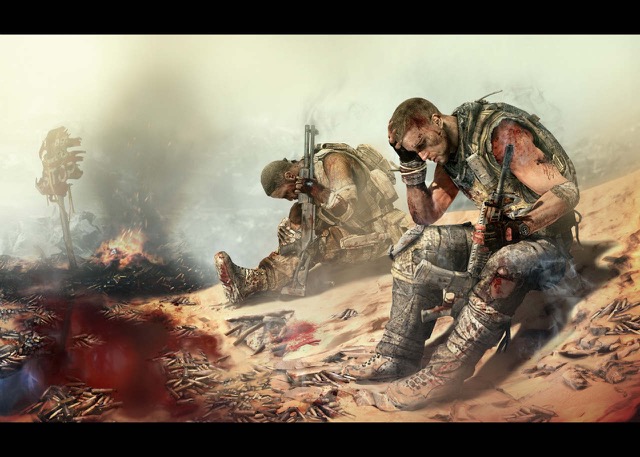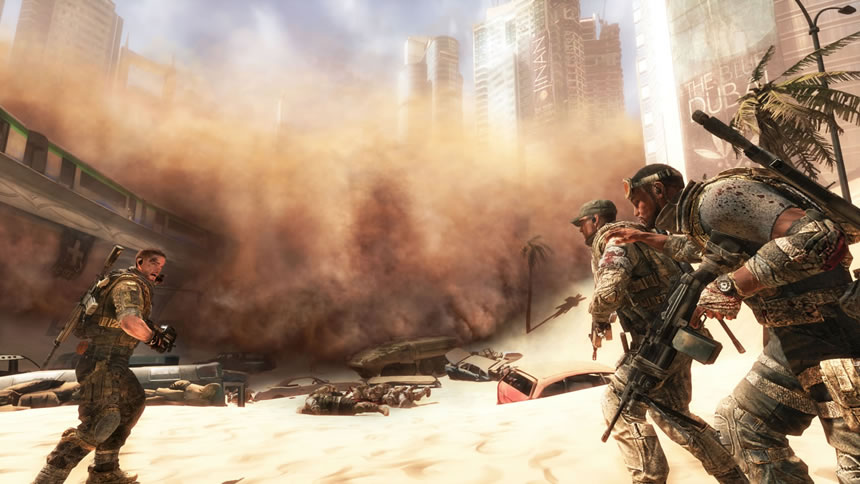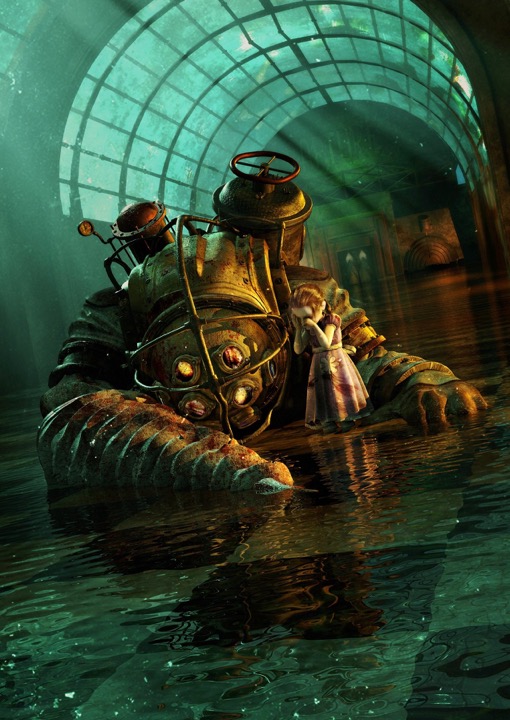Ludonarrative Dissonance

Games are a rather interesting medium to critique because of the crucial role that interactivity plays in how a story is interpreted. With a film or book, we are stuck in a single viewpoint and experience the story as if we were locked onto a roller coaster: tightly restricted and controlled. But in games, the player adds a crucial X-factor of randomness into the story that the creator has to try to control for.
To see all of the story, the player has to advance forward, completing a certain set of tasks, but sometimes the very function of the gameplay is at odds with the themes of the story being told. It is a familiar feeling within media, but games stand alone in that the layer is forced into “choosing” to do the tasks even if they don’t want to.
Compare a book about non-violence having its main character kill people to a game about non-violence requiring the player to kill people to progress. It’s an example we see over and over in the games industry, with a huge focus on combat driven gameplay. This crucial distinction of forcing the players to engage in acts that directly contradict the themes of the game is the basis of the idea of “ludonarrative dissonance”, a phrase that you’ll hear come up again and again in the contemporary scholarly discussion of games as texts.
This is not to say that you can’t have a player performing acts that go against their motivations and story. These can be used to powerful effect if done properly, and given the weight that they deserve. If a main character is against violence and they are forced into using it, it would be appropriate to see how this affects them. It should be a monumental act, not one that we gloss over.

Ludonarrative dissonance enters the discussion when the story that is told in cutscenes or dialogue ceases to match up with the gameplay at all. Look at games like Bioshock or Spec Ops: The Line. Spec Ops is a game about the horrible acts that a soldier has to engage in, but it’s wrapped in a shell of a third-person, cover-based shooter. You can’t make it through the game without killing hundreds of faceless goons, all while the running message of the game is that violence is abhorrent and adversely affects soldiers.
It is most obvious in the scene early in the game where you have to use a mortar full of white phosphorous rounds to clear out a camp full of rogue soldiers. You view the encampment through the thermal vision of a drone flying above, and at the back of the camp, you can see a large group of huddled white blobs. Something didn’t feel right about it to me, so I tried to shoot around them.
But you can’t.
You have to shoot them to move forward, and the game will wait forever until you do. The “emotional impact” of this scene comes afterwards, when you walk through the ravaged camp afterward, past hideously burned soldiers begging for death and their disfigured comrades, to find out that the final group of people were innocent civilians that you killed.
The problem here is that you have to kill them to progress. Even if you kill every other soldier in the camp, you can’t spare the civilians. It makes you angry at the game, not at yourself. If they had just mixed the prisoners in with the rest of the soldiers, it would have been a much more powerful scene, and you wouldn’t have felt this pestering dissonance. They tried to make it this giant, emotional scene, but it just failed. It wasn’t something you did by accident and have to deal with. You are forced into being the monster.

You can see it in Bioshock as well, which revolves around the idea of free will vs. determinism, but does so in a way that allows for no player agency. Statements proceeded with “Would you kindly” have to be obeyed by the player, but as the statements (and others) are linked to your primary objectives, you would have to fulfill the requests no matter what, and no matter who asks them.
It undercuts the interesting point that the game is trying to make, by making whether or not your character has to complete these tasks irrelevant, because to continue seeing the story, you have to move through the game, completing these tasks. Even if they aren’t proceeded with the “Would you kindly” trigger statement, they have the same effect on the player.
Being able to recognize when the story and gameplay are at odds can lead to interesting critical readings. It is not necessarily a bad thing if a game has ludonarrative dissonance, but it does add layers of meaning that we can dig into. Free will is a theme common in many games, and exploring this interplay with the desire by the player to move forward can be foundational to games criticism. Is what drives us through the game, and what the game drives thinks drives us the same? And if so, what does that mean?
_____________________________________________

Tom has been writing about media since he was a senior in high school. He likes long walks on the beach, dark liquor, and when characters reload guns in action movies.
You Might Also Like:
Superhero FatigueThe Backlog - Starbound
Roguelikes and Story
_____________________________________________